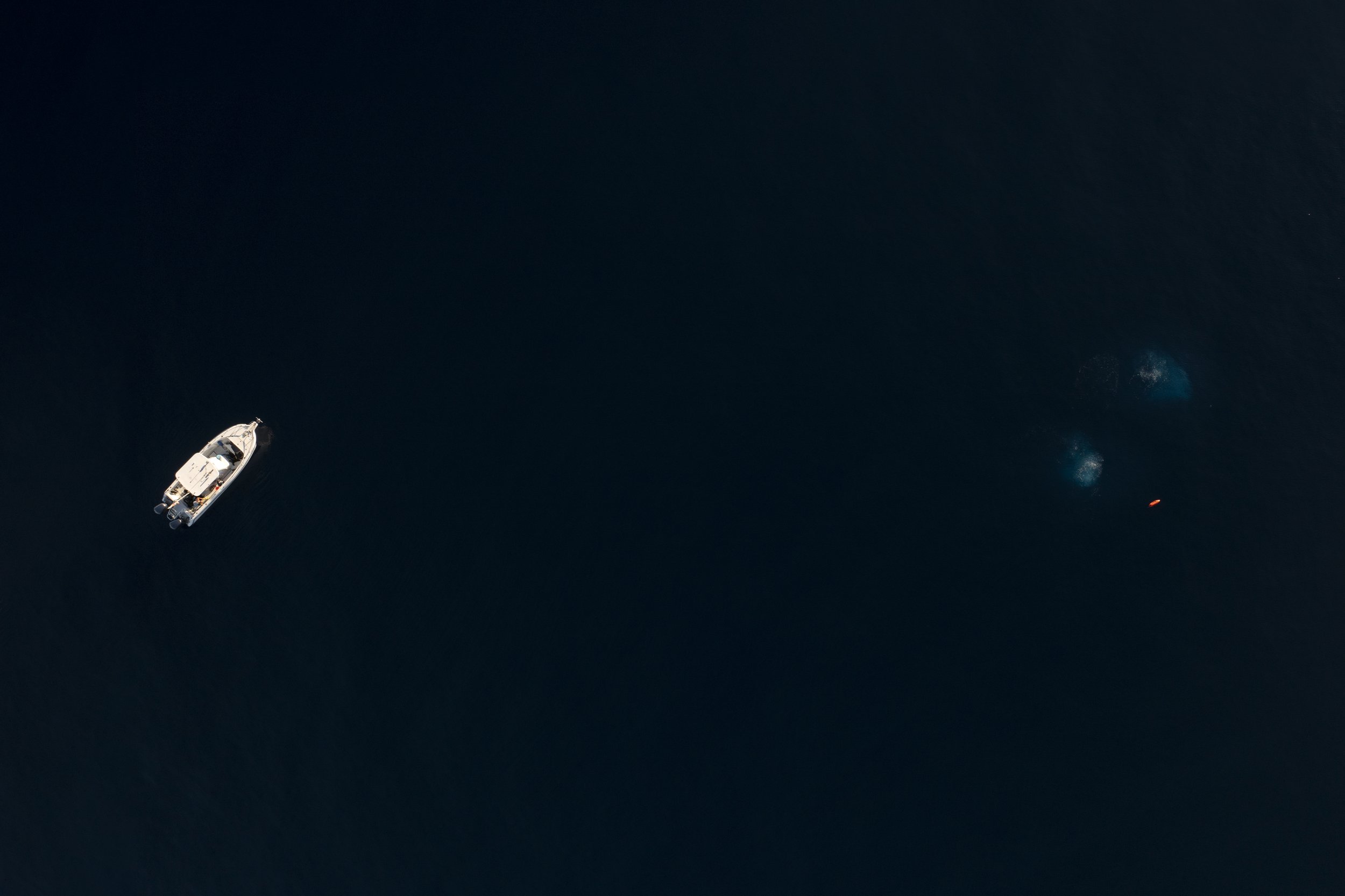
recovery of the nassau grouper
There are few fish in the Caribbean as revered as the Nassau Grouper. They've plaid an integral role in many Caribbean islands' livelihood as a cultural symbol and food source. Nassau Grouper also play an essential role in the functioning of a healthy coral reef. As top predators, they help control other reef organisms' populations, helping to maintain an ecological balance.
what went wrong
In the 1970s, Nassau Grouper spawning aggregations became the target of many fishing communities, as it was easy to increase catch yields with minimal effort.
Removing so many fish at once during their spawning season resulted in few Nassau Grouper completing their reproduction cycle and creating the next generation of offspring.
In turn, overfishing resulted in a collapse of Nassau Grouper populations, which are now listed as “Critically Endangered” by the International Union for the Conservation of Nature.
A Nassau Grouper resting between a Boulder Brain Coral and Barrel Sponge.
Located ten miles offshore from St. Thomas, U.S. Virgin Islands, diving the Grammanik Bank reminds you of the vastness of the ocean.
road to recovery
Ten miles south of St. Thomas, U.S. Virgin Islands, is the location of one of these Nassau Grouper spawning aggregations. In 2005 there was an emergency closure of this area called the Grammanik Bank in hopes of giving this spawning aggregation time to replenish their population.
The closure was possible due to both scientist's and fishermen's cooperation, who worked together to determine the no-fishing area's size, location, and time period.
Monitoring Nassau Grouper Populations
Between the months of January and April, during the 6-8 days following the full moon, the Nassau Grouper gather to form a spawning aggregation. However, while timing the event is a crucial factor, accessing it presents another set of challenges. The aggregation site is located on a shelf reef, approximately 150 feet below the water's surface, and situated south of the reef, the seafloor plunges to depths of over 3,000 feet. Thus, reaching this location requires advanced technical dive training.
University of the Virgin Islands researcher Dr. Rick Nemeth has been leading the monitoring of this spawning aggregation since before it was labeled as a no-take zone. Over the years, Nemeth and his team went from seeing only a few dozen Nassau Grouper to over 1,000 in 2023. A testament that well-planned conservation can work.
current challenges
An illegally placed fishing trap was discovered within the marine protected area, trapping a federally protected and critically endangered Nassau Grouper during spawning season. Placing traps around the spawning site creates obstacles the fish must navigate through to reach their spawning aggregation.
Despite their critically endangered status and legal protections against fishing in U.S. waters, the Nassau Grouper still fall prey to poachers. Even with the rough waters disguising their activities, poachers continue to operate. However, when the sea is calm, it becomes easier to detect any suspicious behavior that may go unnoticed in choppier conditions. During one such routine monitoring trip to observe the spawning aggregation, a small buoy was spotted breaking the surface. This discovery posed a problem as it had been placed within the marine protected area and indicated the presence of a pot trap on the other end of the line.
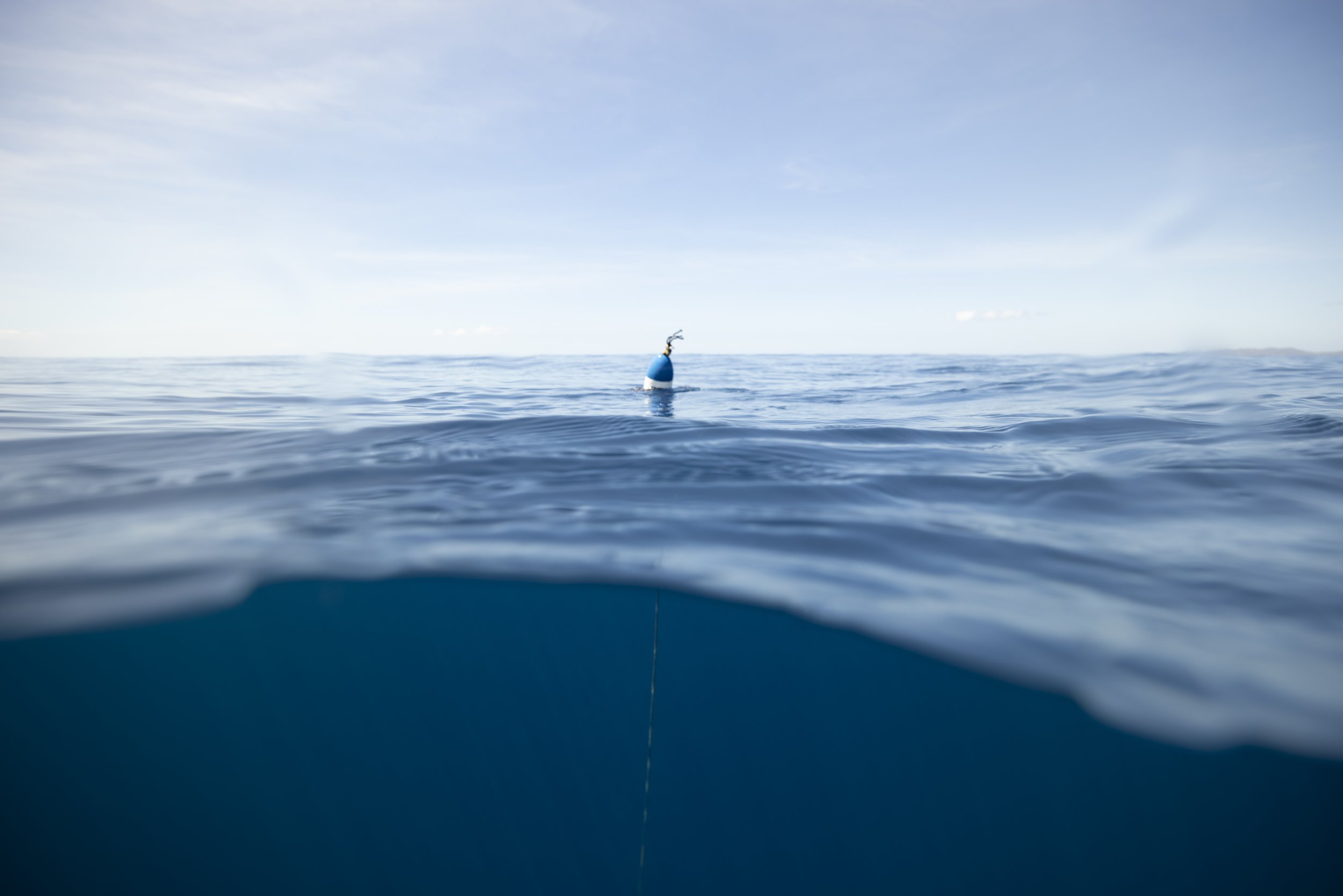
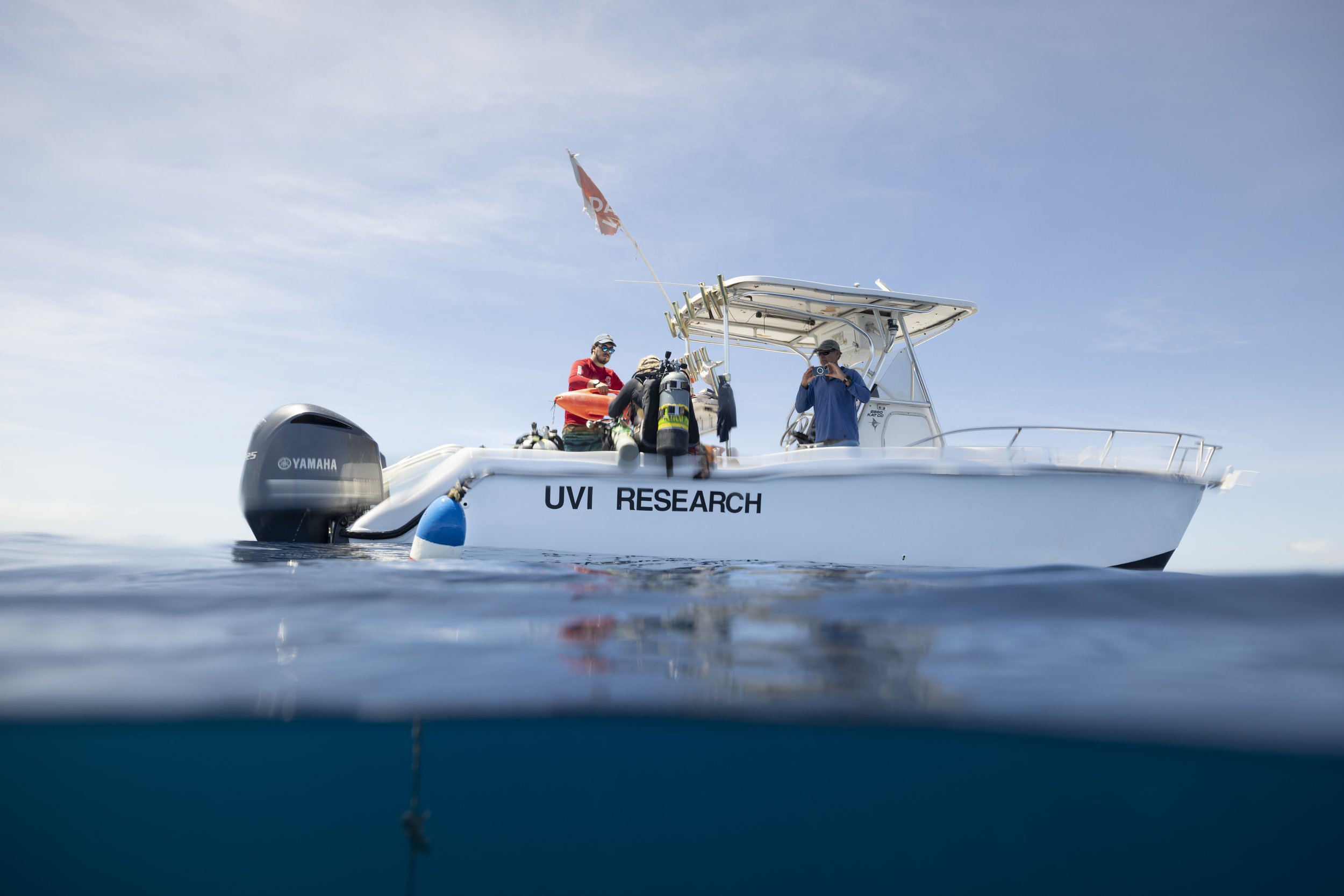
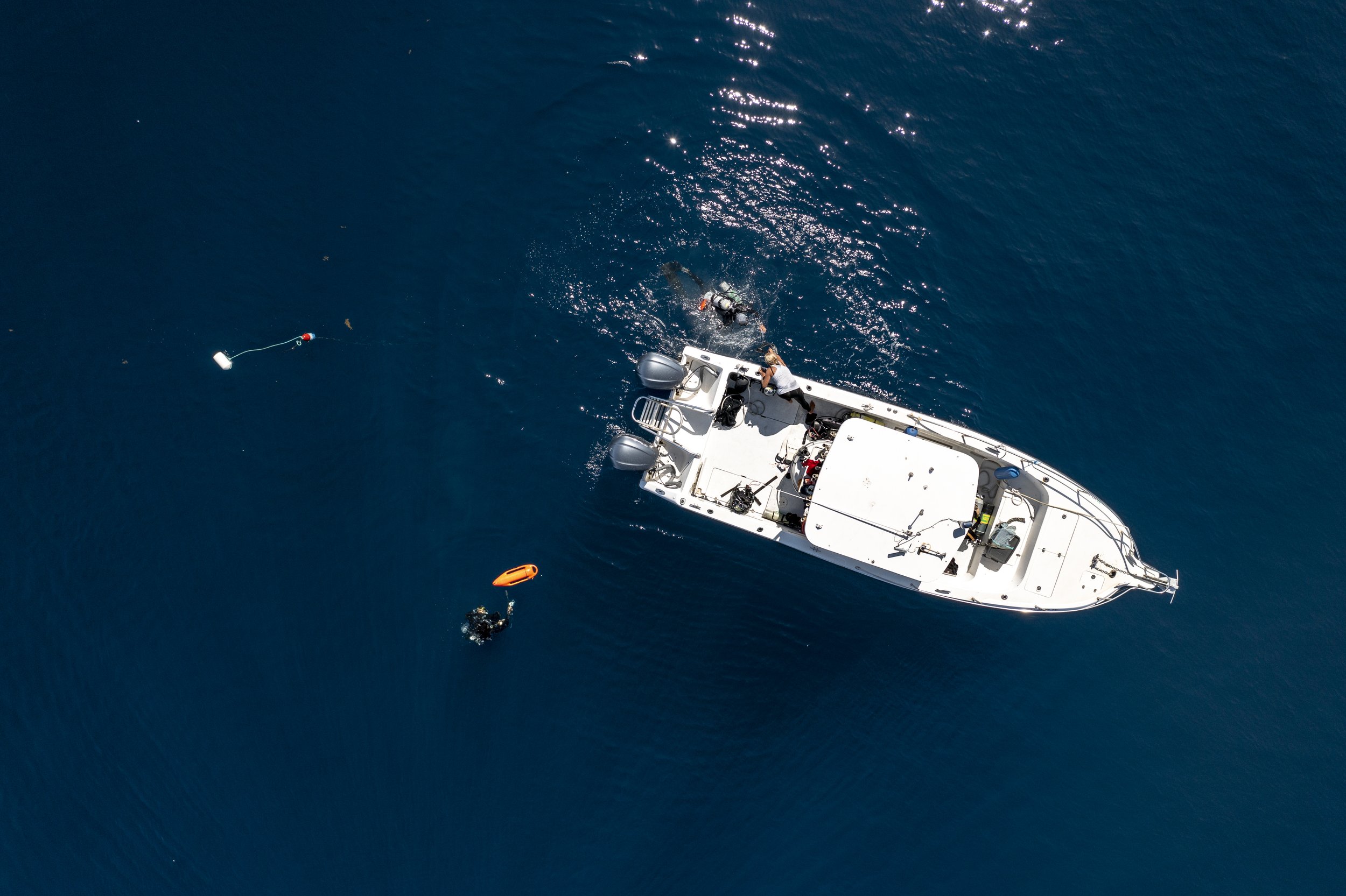
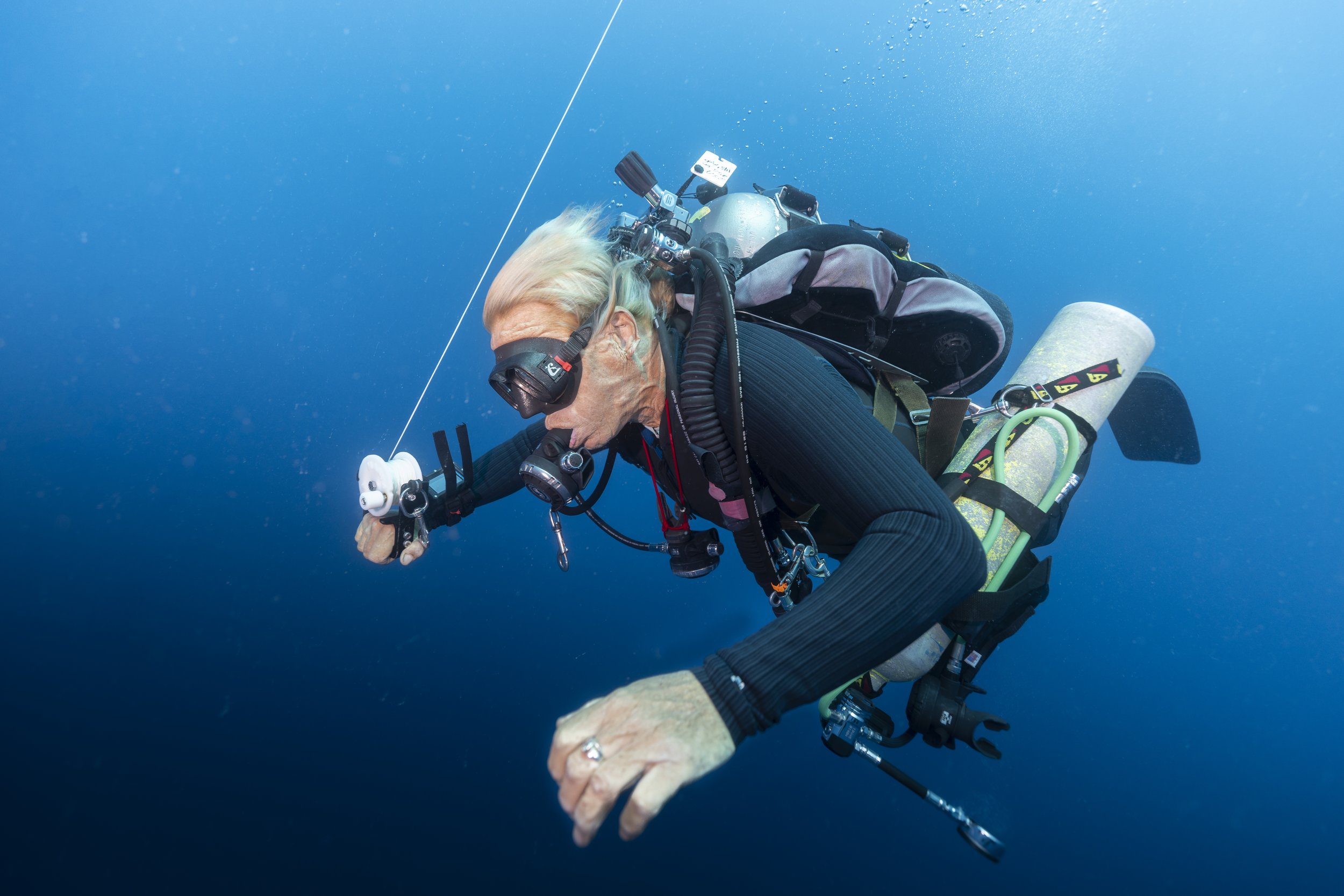
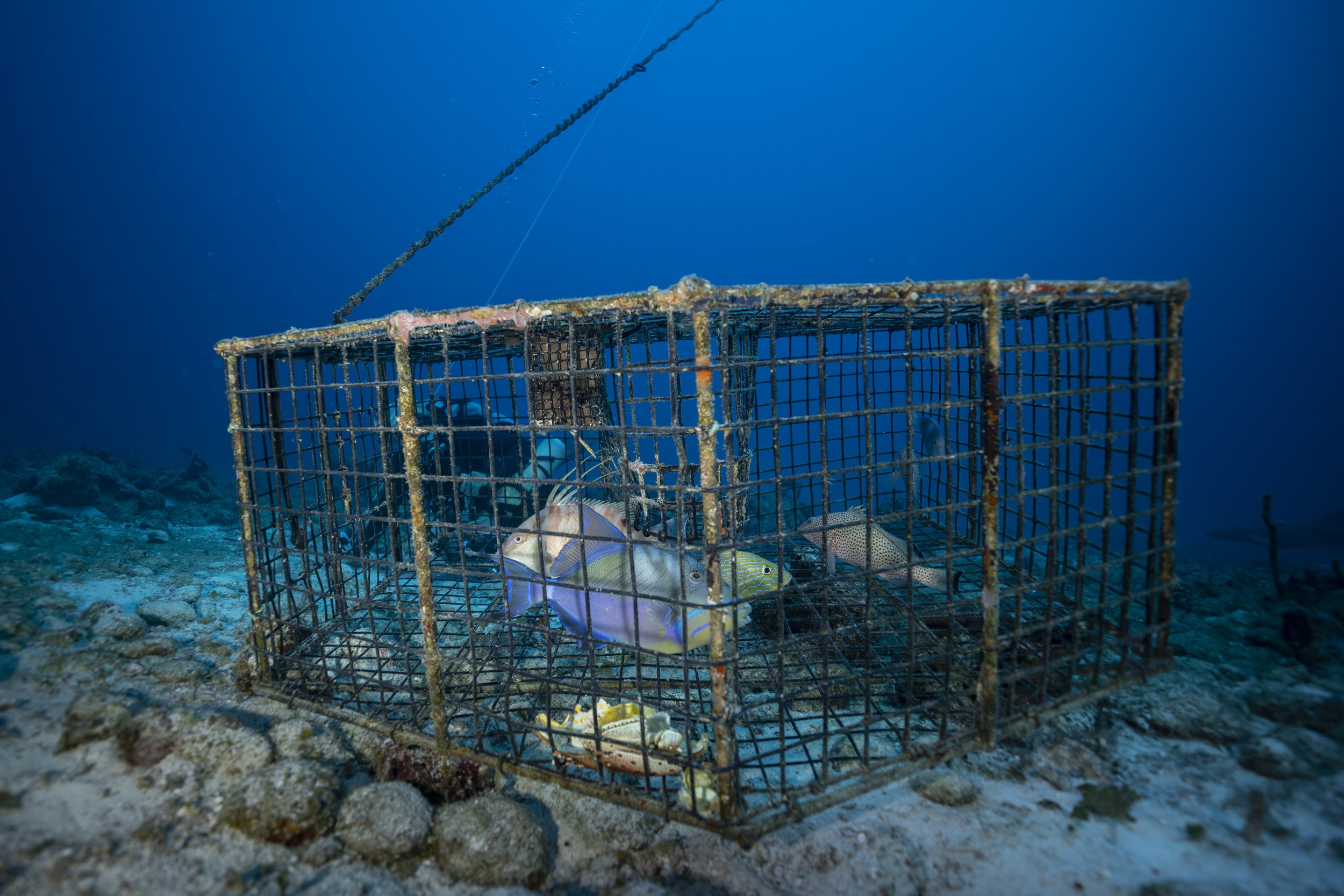
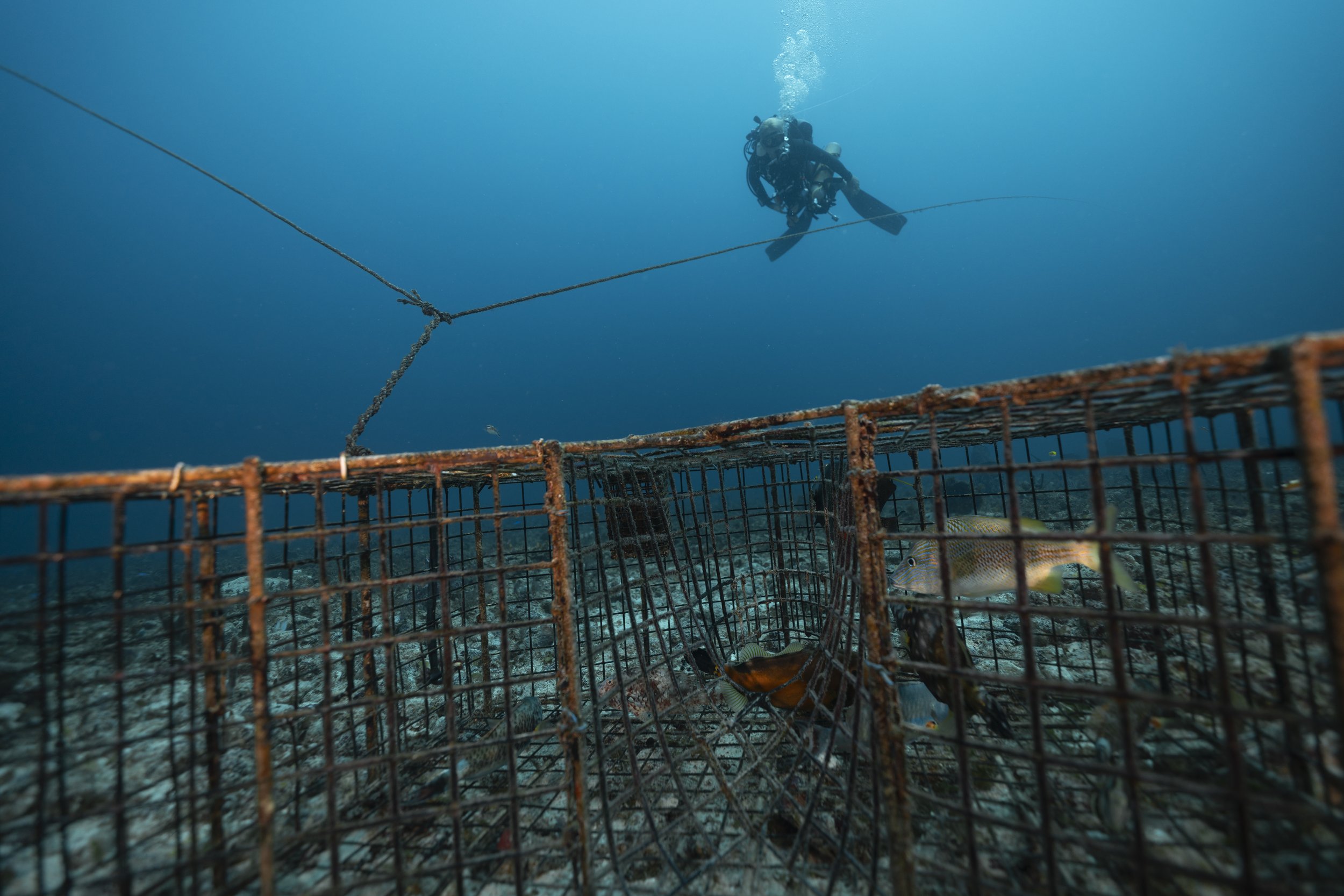
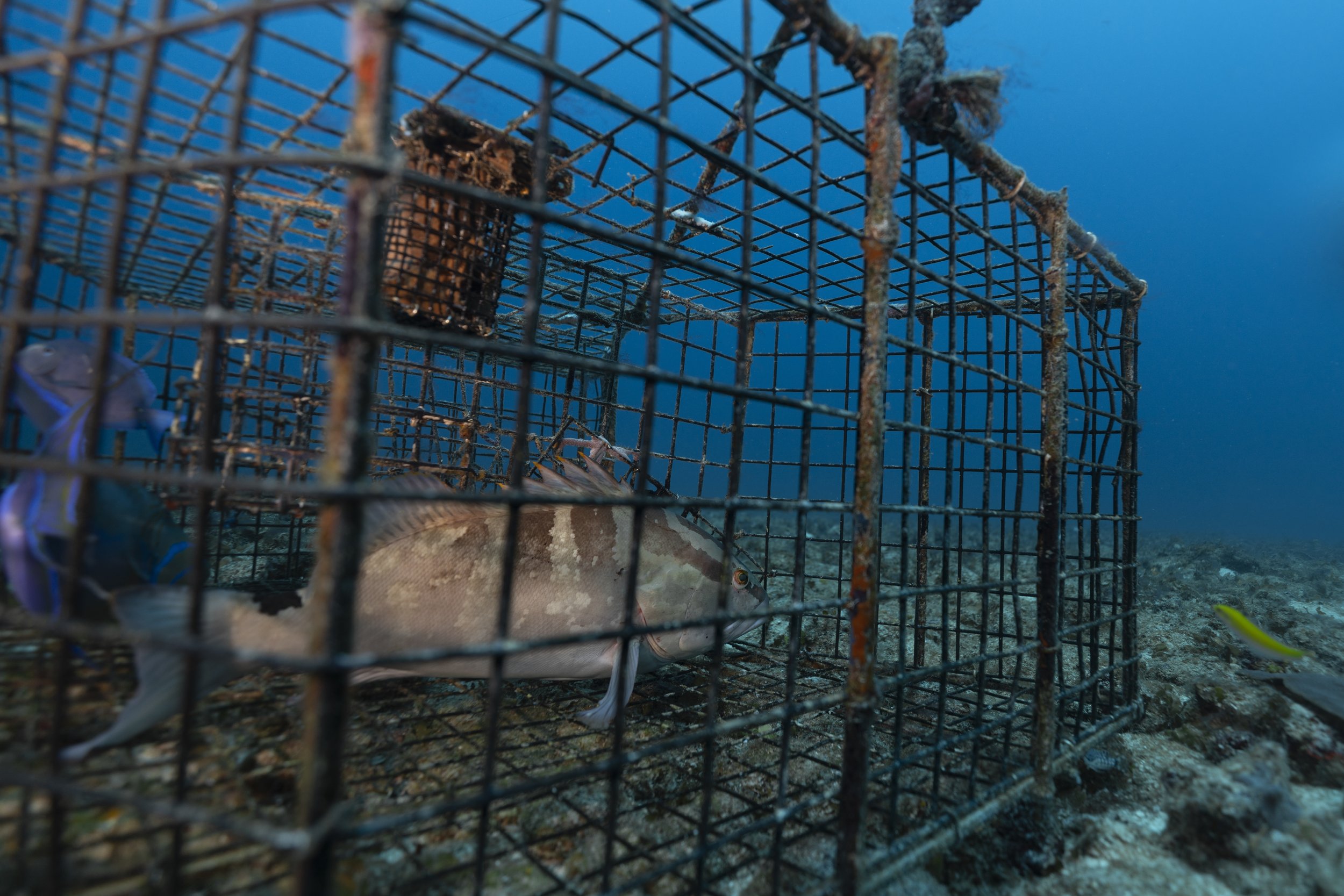
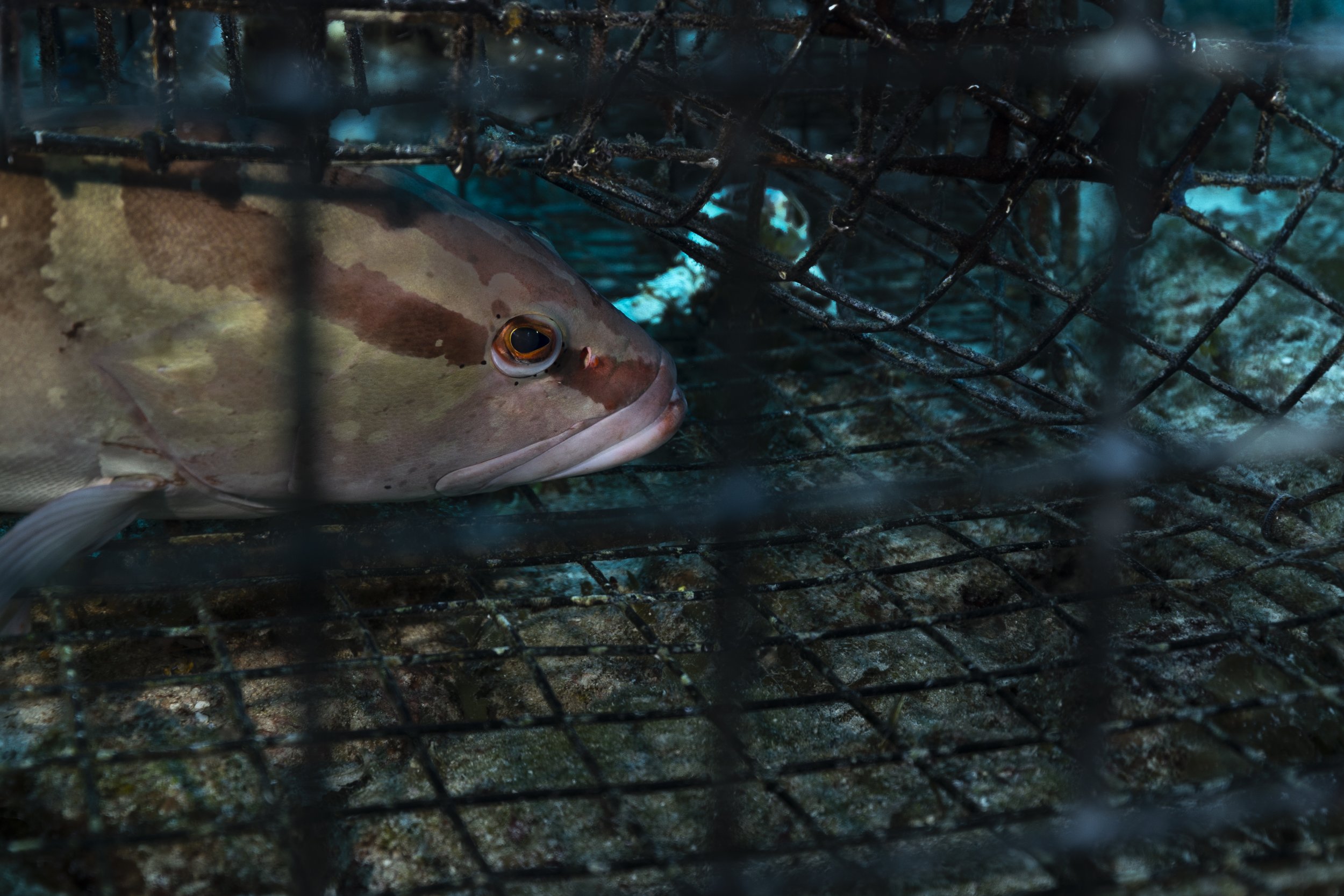
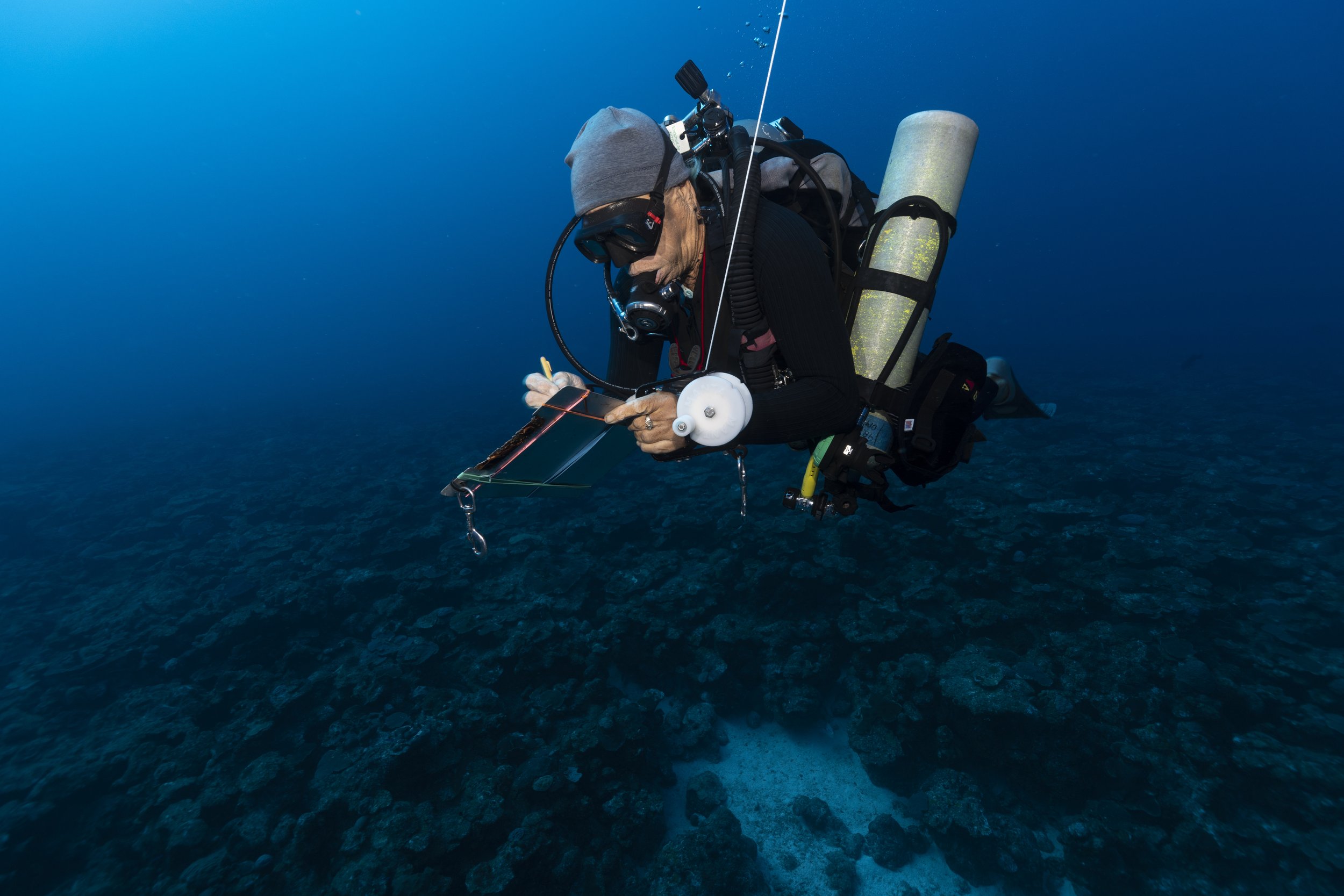
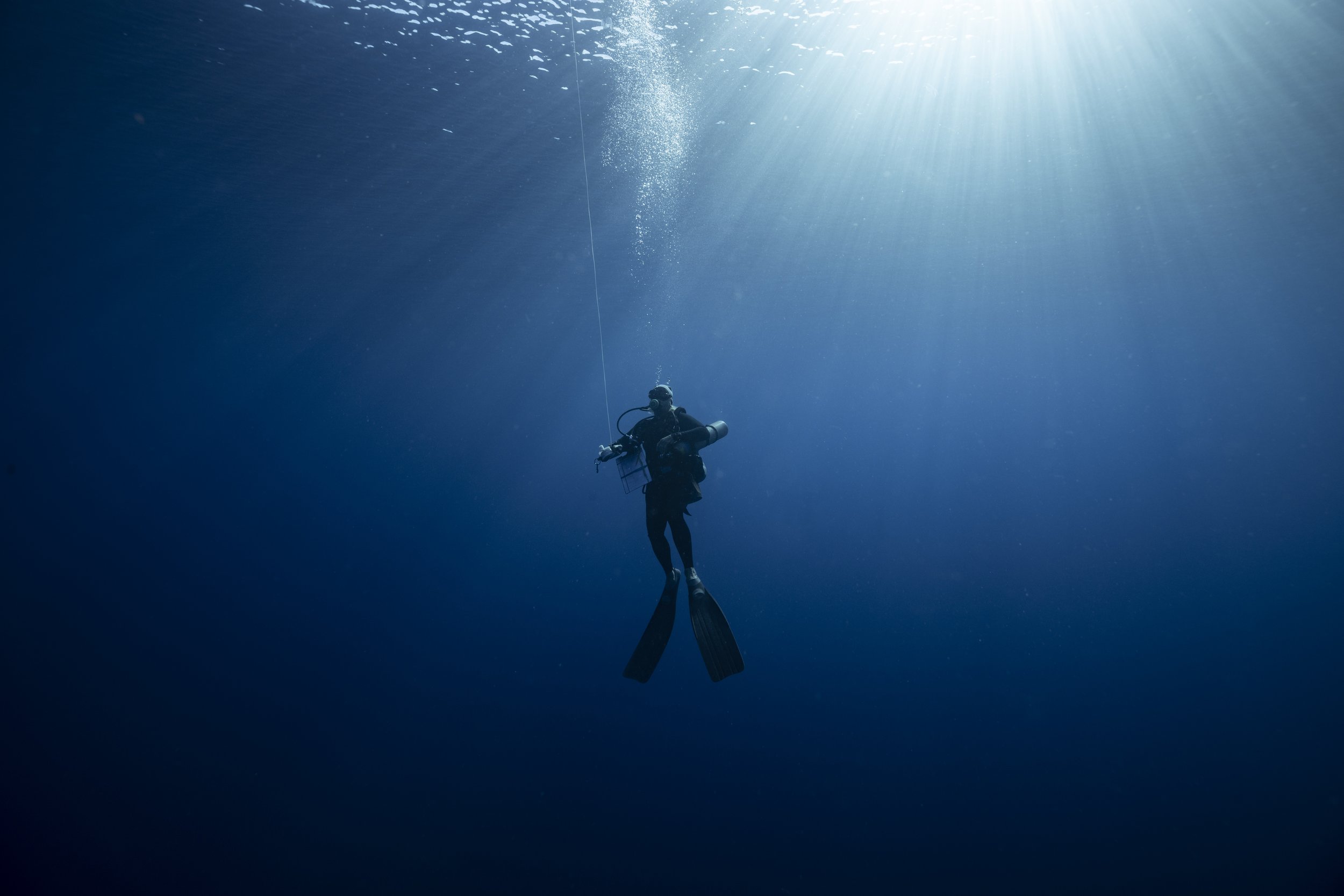
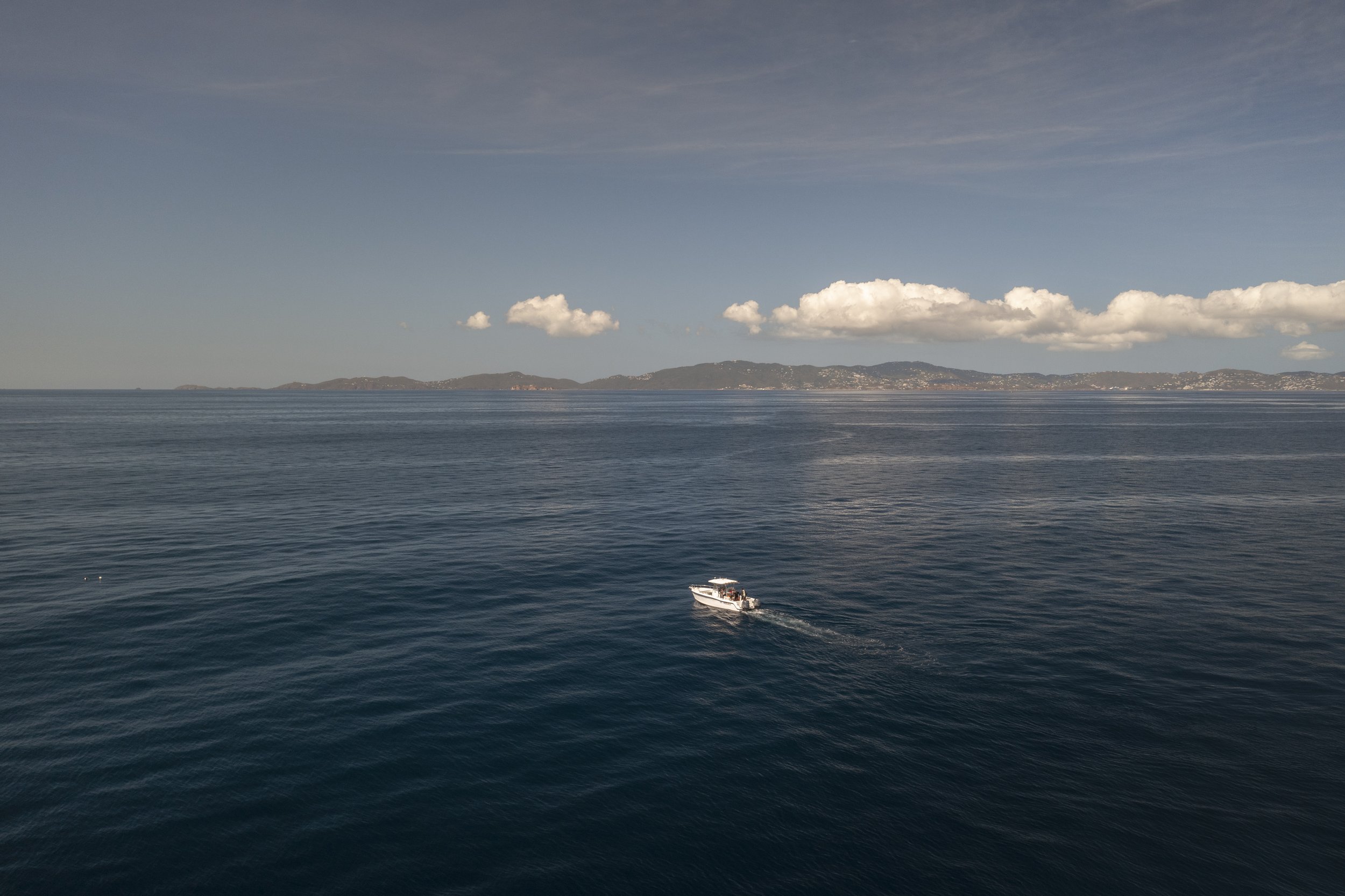
looking forward
As each year of monitoring the St. Thomas Nassau Grouper spawning aggregation passes, the data becomes increasingly clear that their population is on the rise. This positive trend can be directly attributed to the closure of the area where they spawn. Although it is premature to consider easing the protective measures in place for the Nassau Grouper, the increasing population provides hope that these successful conservation practices will be adopted by other Caribbean nations where this species is still subject to legal harvesting.




